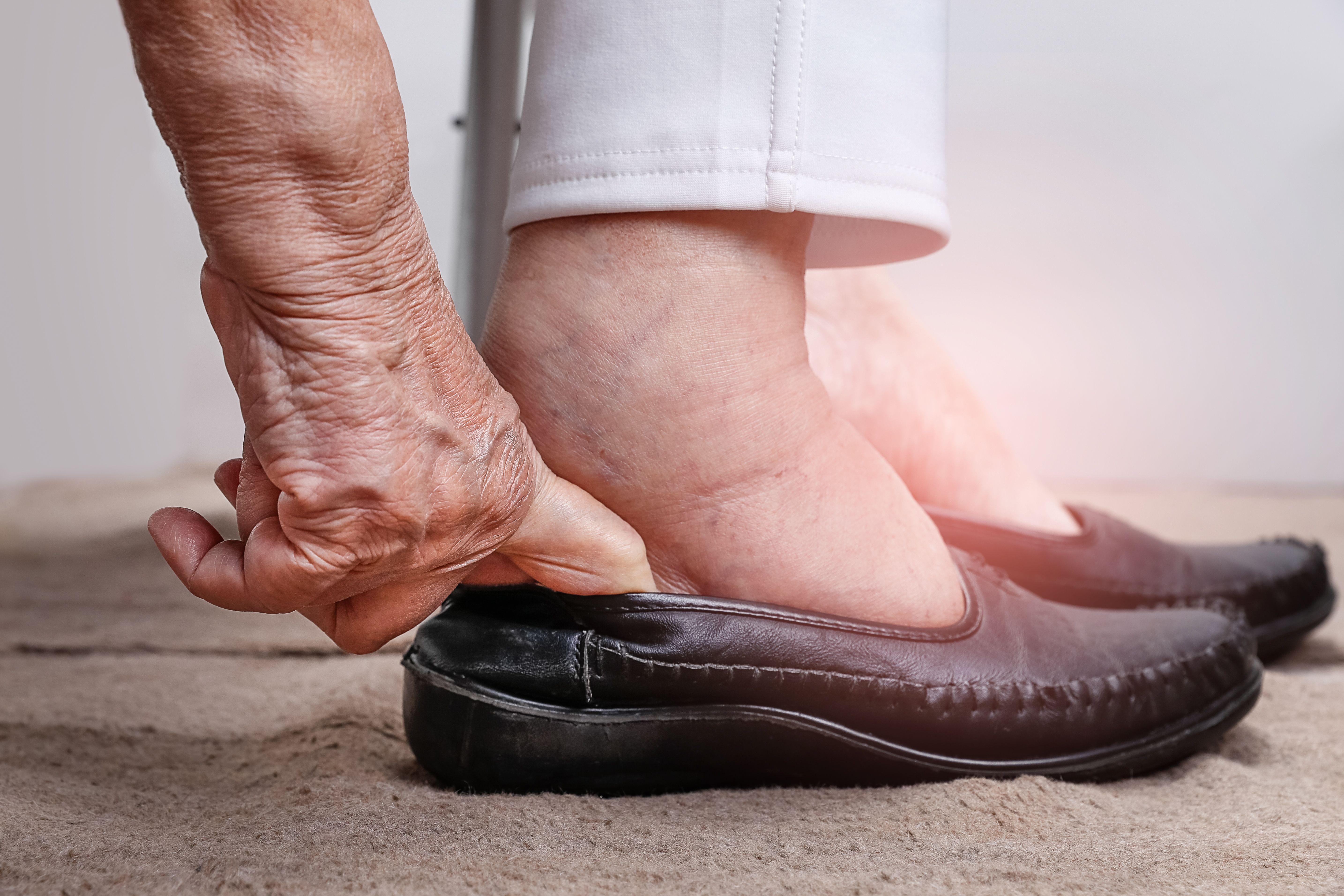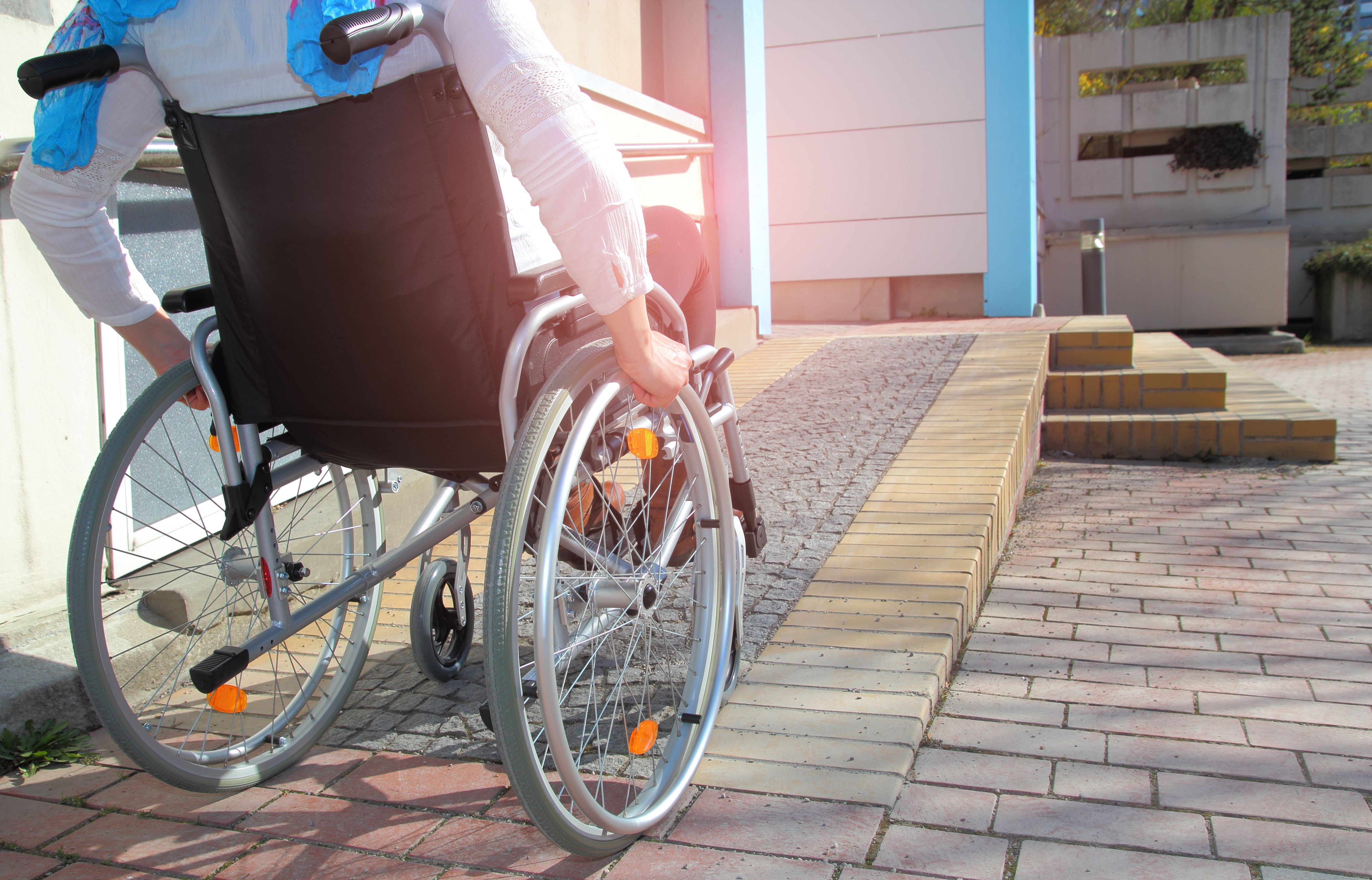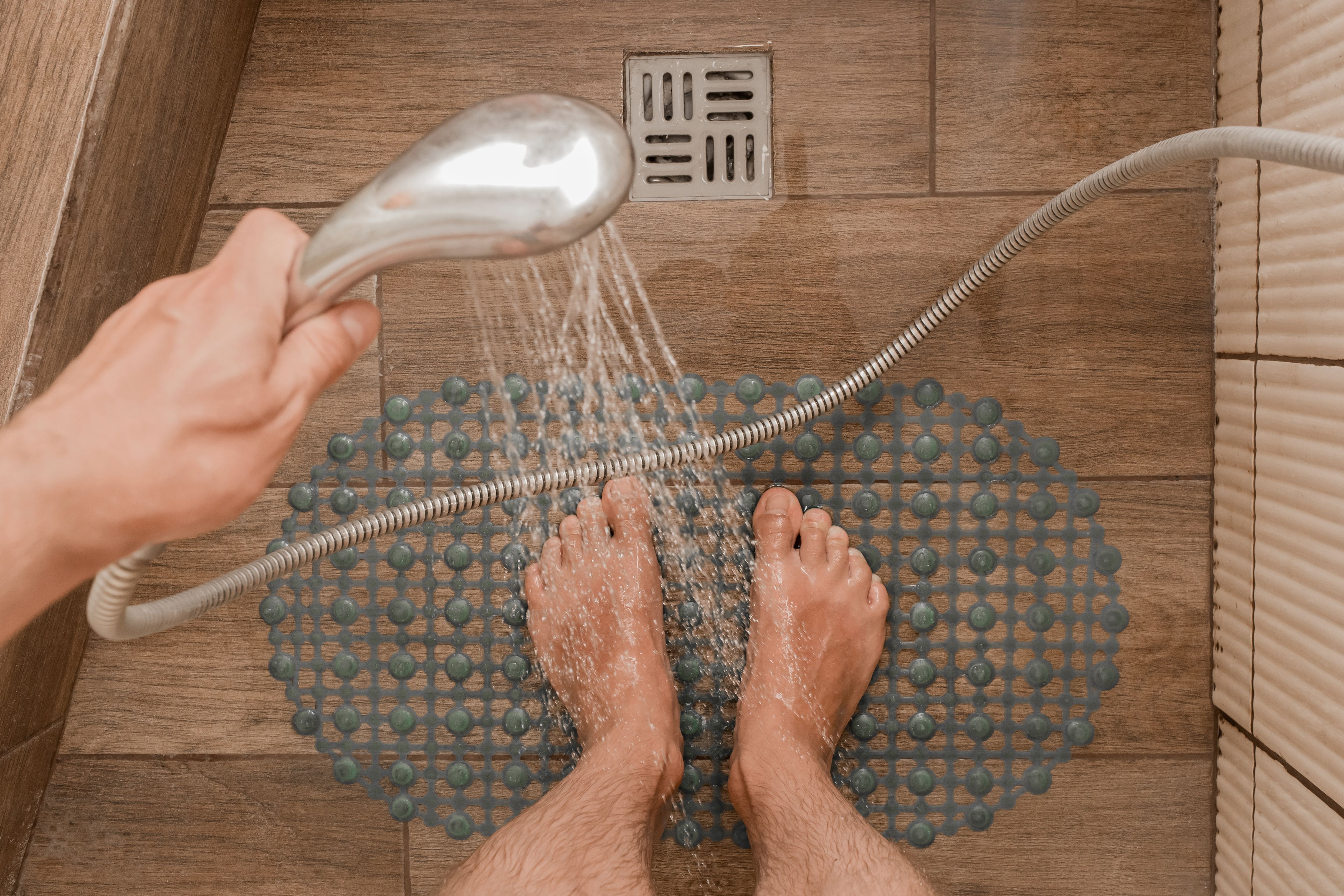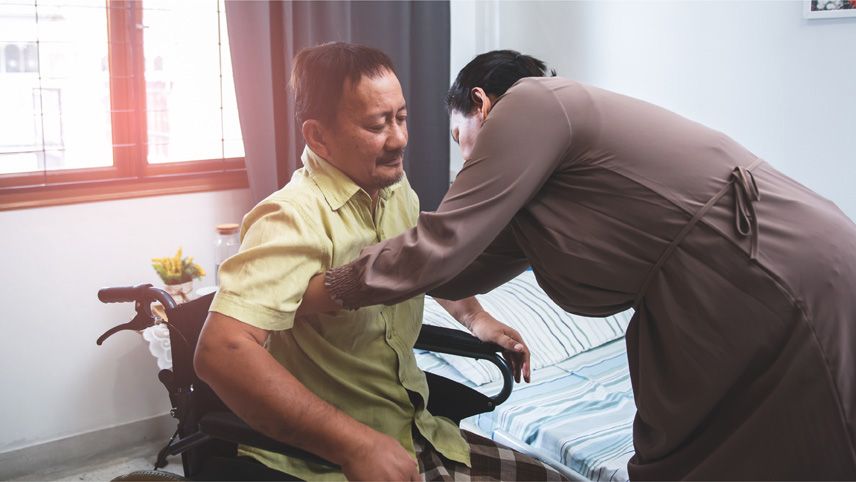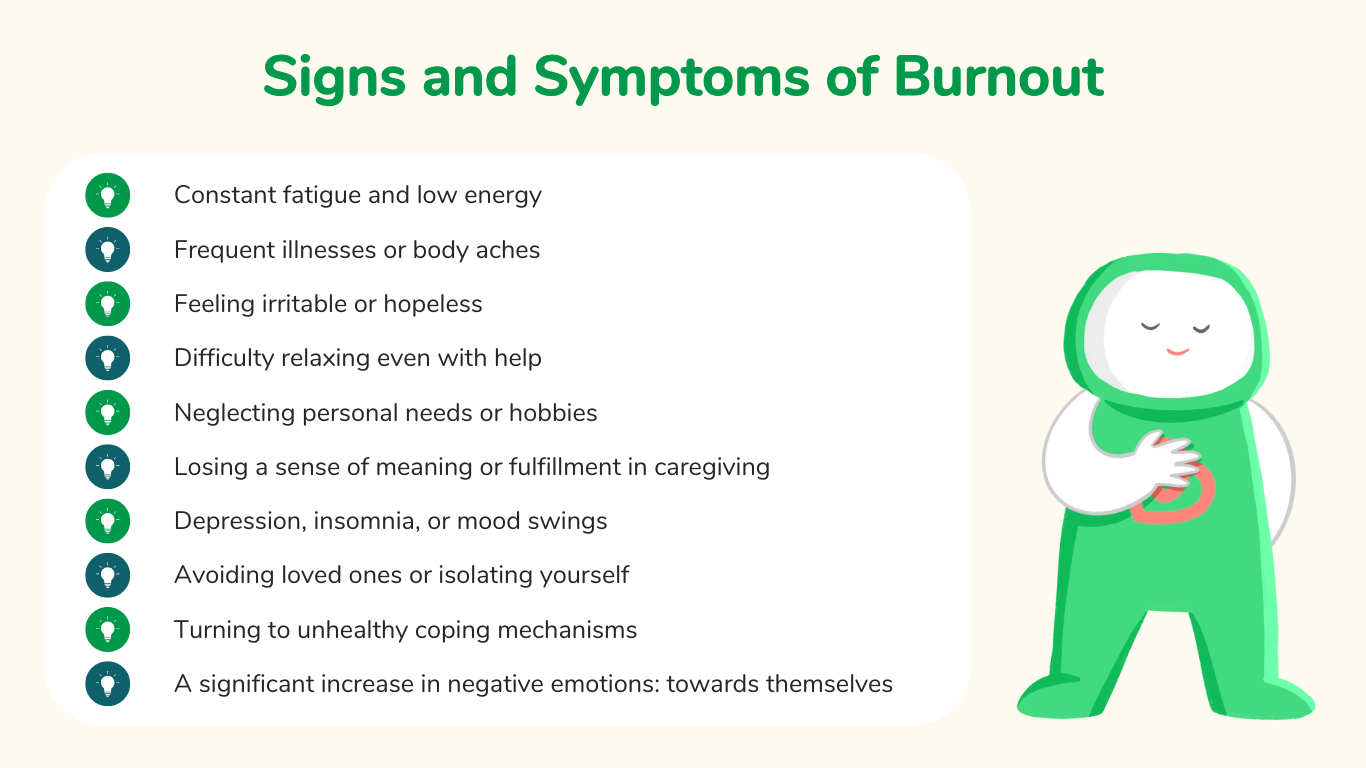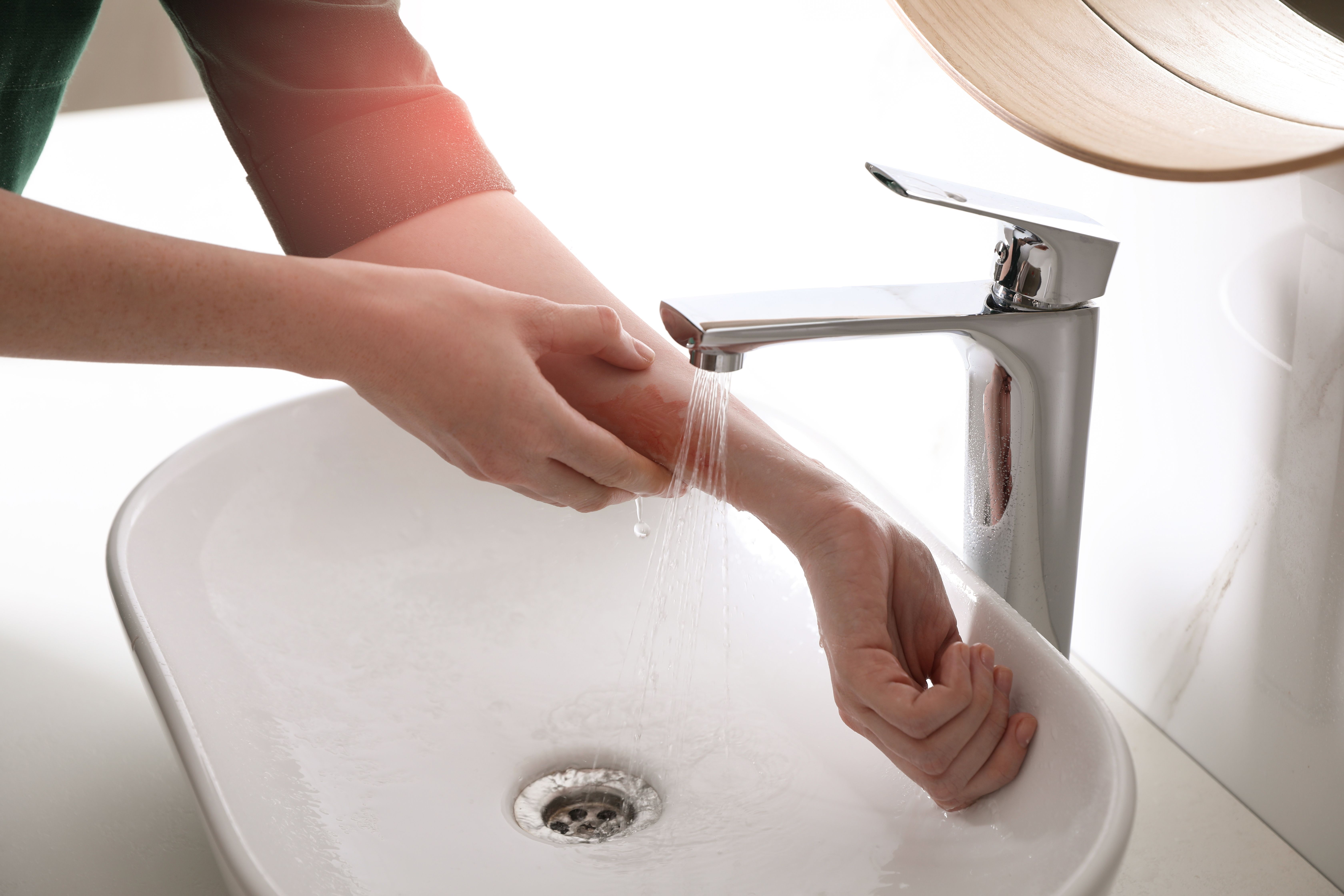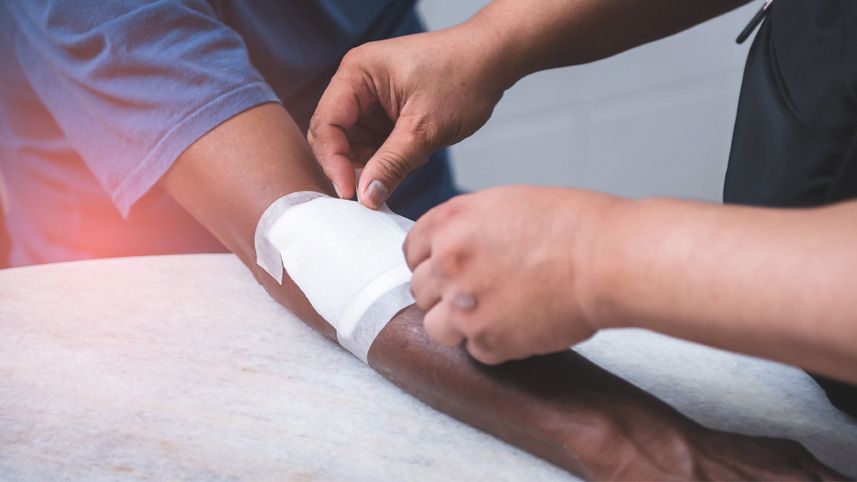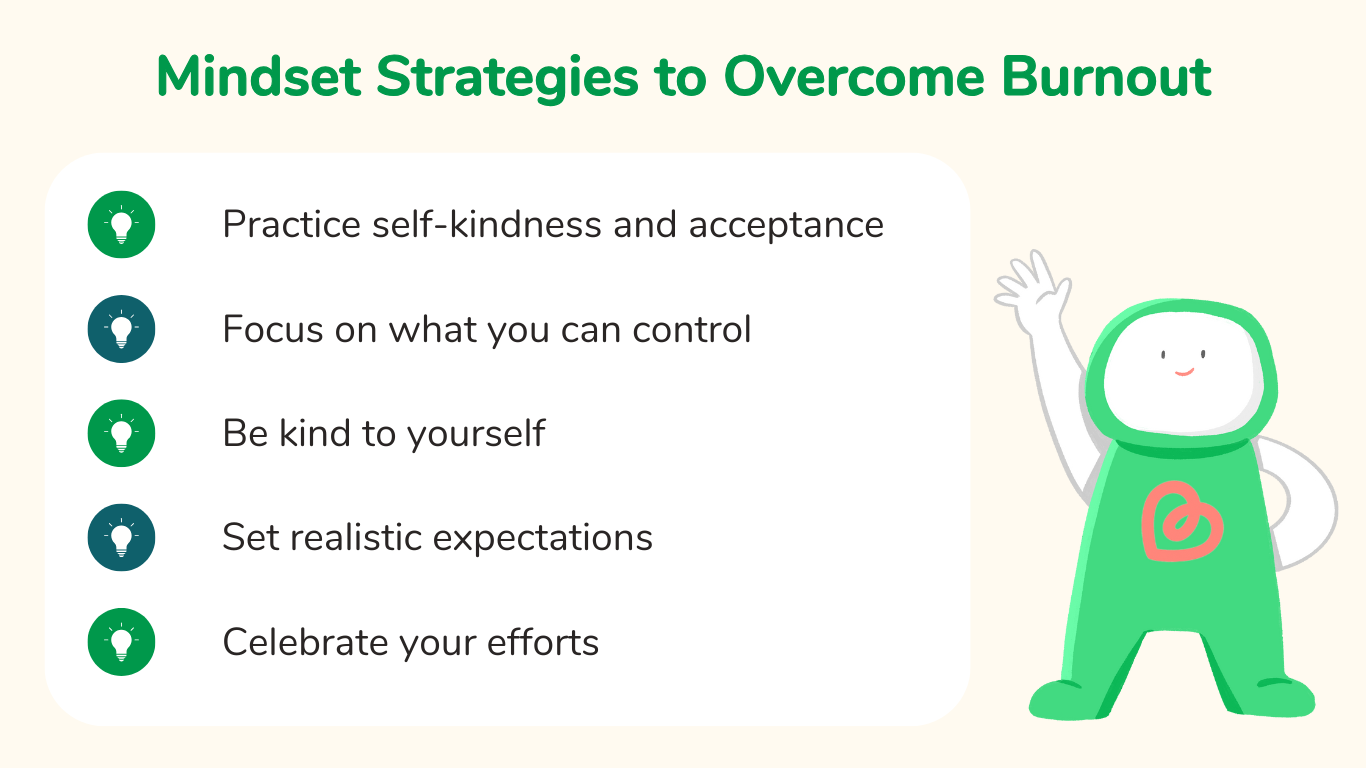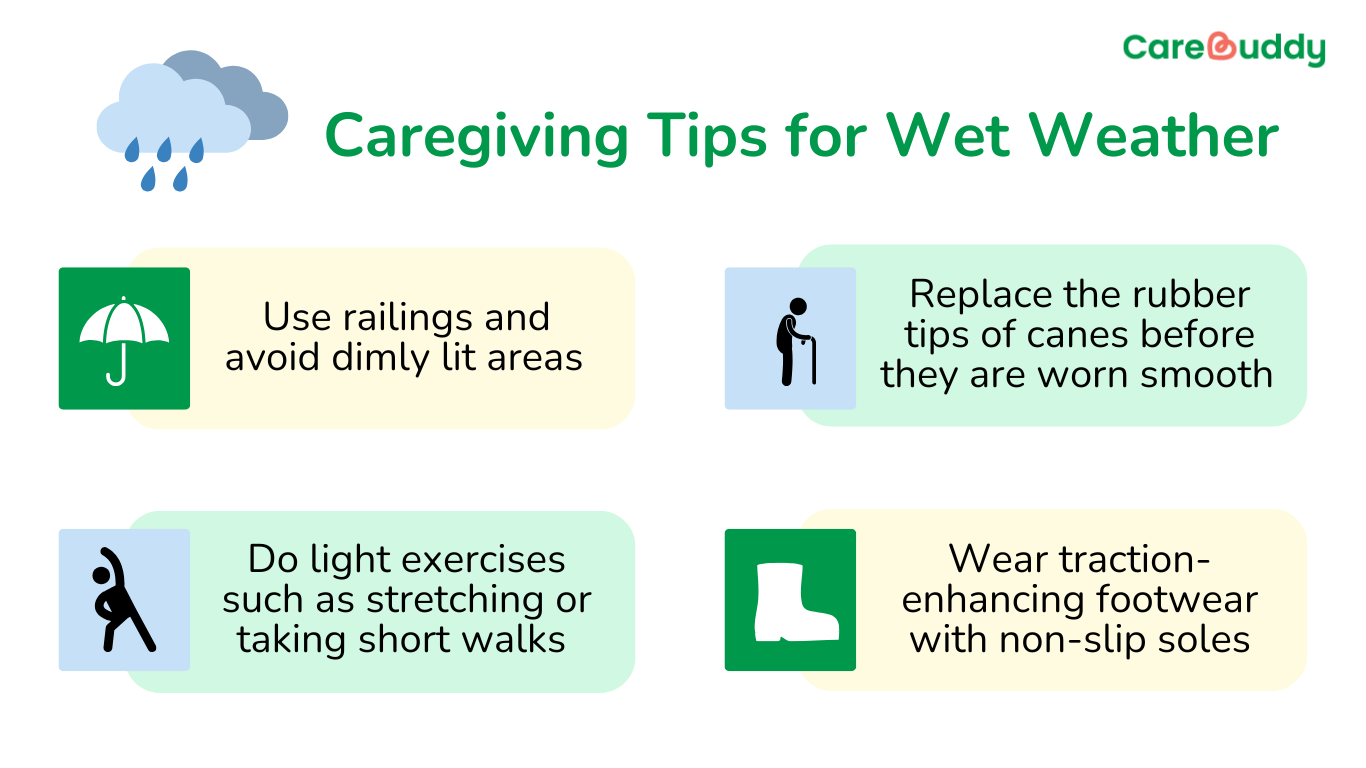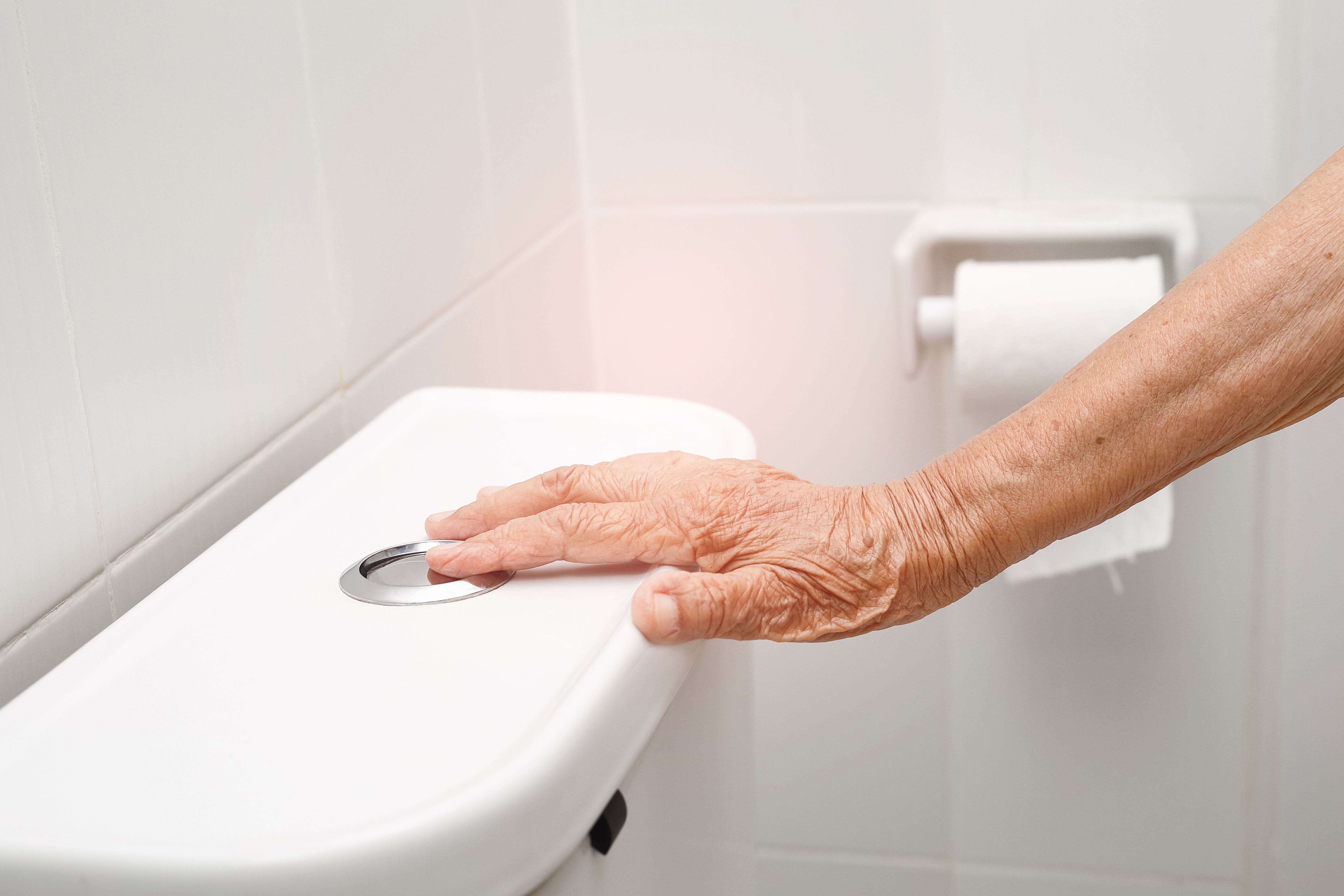Help them make the right moves: Here’s how you can help a wheelchair user who’s mostly independent
- 4 Mins Read
- 11 Oct 2022
- Elderly Care

It’s never enjoyable for a care receiver to be on a wheelchair, regardless of whether they need to be in it short-term or long-term. A caregiver can make things slightly better by assisting the care receiver appropriately depending on whether they are predominantly independent, need minimal assistance, or need moderate assistance.
In this article, we’ll look at how a caregiver can assist a care receiver who is mostly independent in their use of a wheelchair. For wheelchair users who need minimal assistance, check out [Link to our minimal wheelchair assistance article]. For wheelchair users who need moderate assistance, read [Link to our moderate wheelchair assistance article]
Let’s take the example of a care receiver with right-sided weakness.
- Position the wheelchair at the care receiver’s strong side at about 45 degrees to the bed.
- Lower the bed such that both their feet are placed flat on the floor. Ask them to place their knees and feet at a right angle.
- Instruct them to shuffle forward and sit at the edge of the bed with both their feet flat on the floor.
- Ensure that the wheelchair’s wheels are locked.
- Ask them to reach and hold on to the armrest of the wheelchair using their stronger hand.
- When they are about to sit stand up, instruct them to look down at their belly button.
- Ask them to stand with feet slightly apart, pivot on their legs and sit on the wheelchair.
- Ask them to lower the footplate, place their weaker leg on the footplate, and then place their stronger leg.
- Finally, ask them to disengage the brake using their stronger hand. Now they are ready to push the wheelchair forward.
These are the steps to assist a care receiver who can independently use a wheelchair.
Article reviewed by Loh Wan Ying, HMI.




